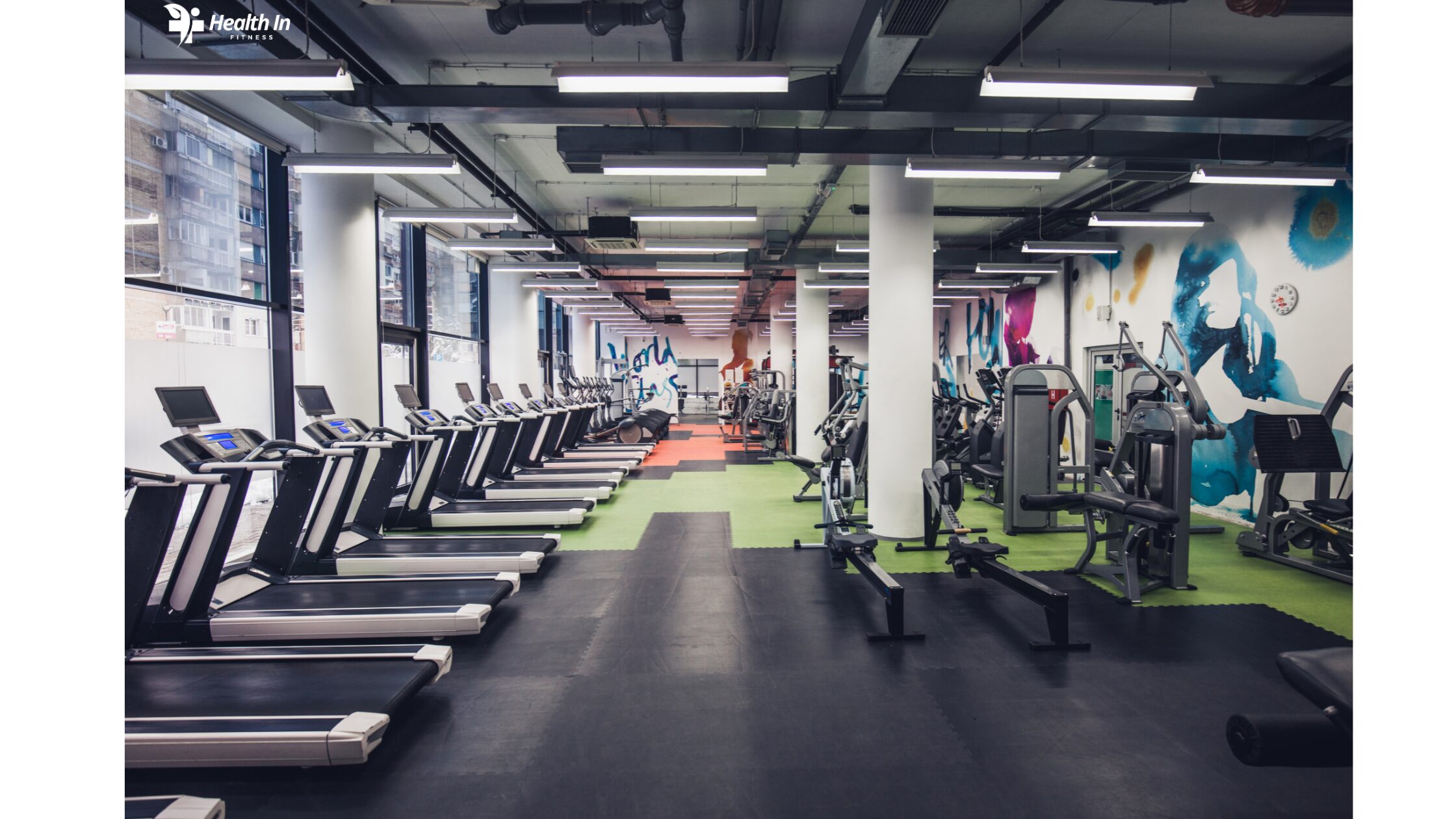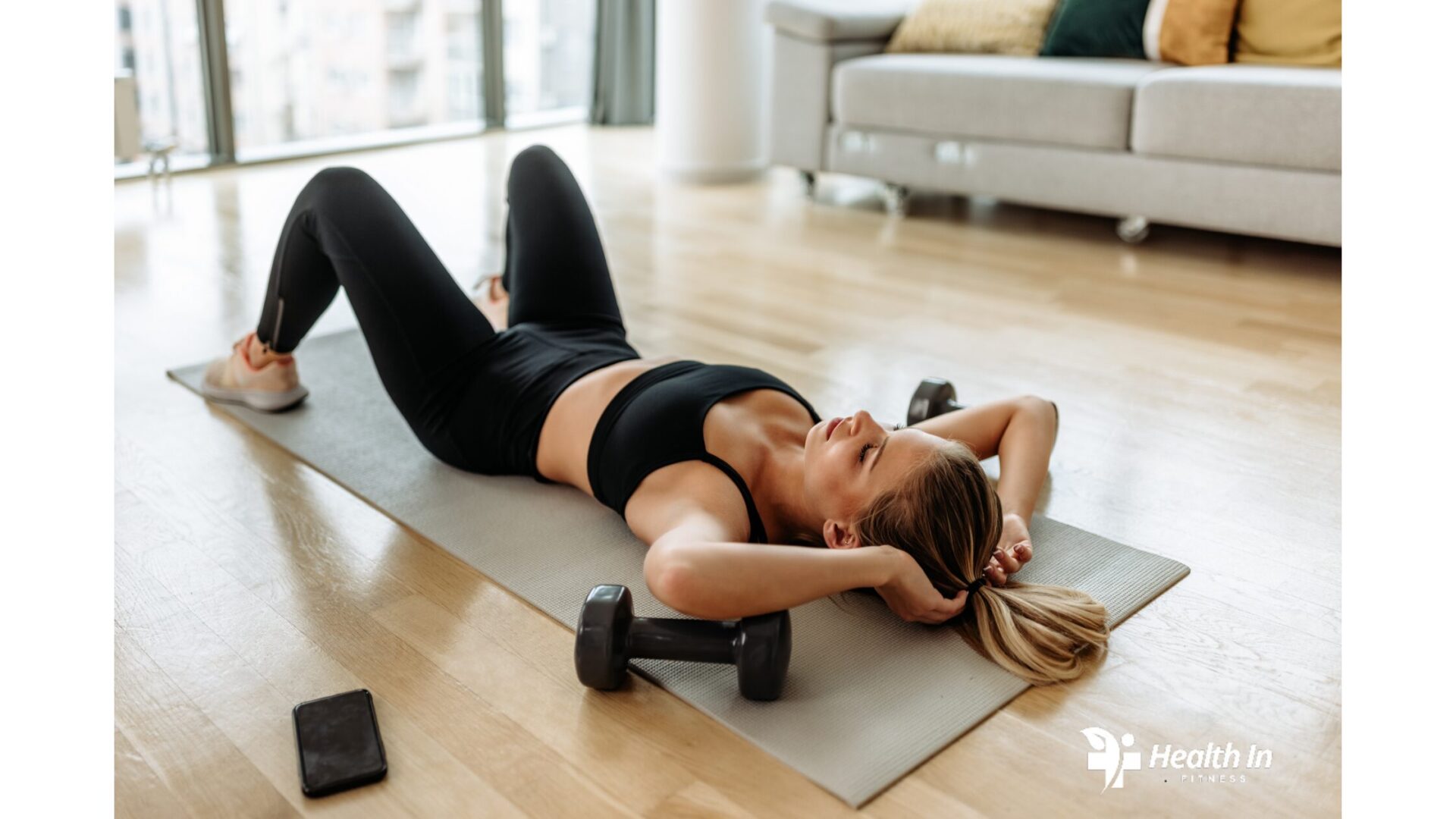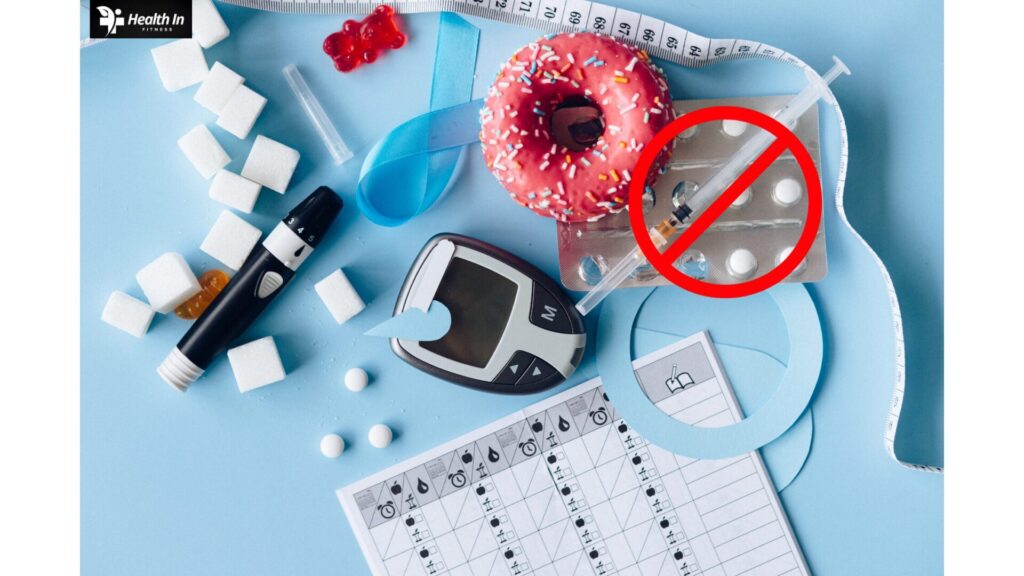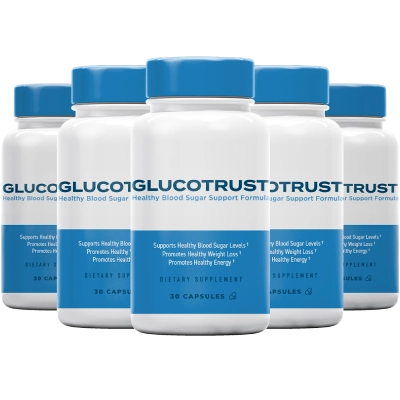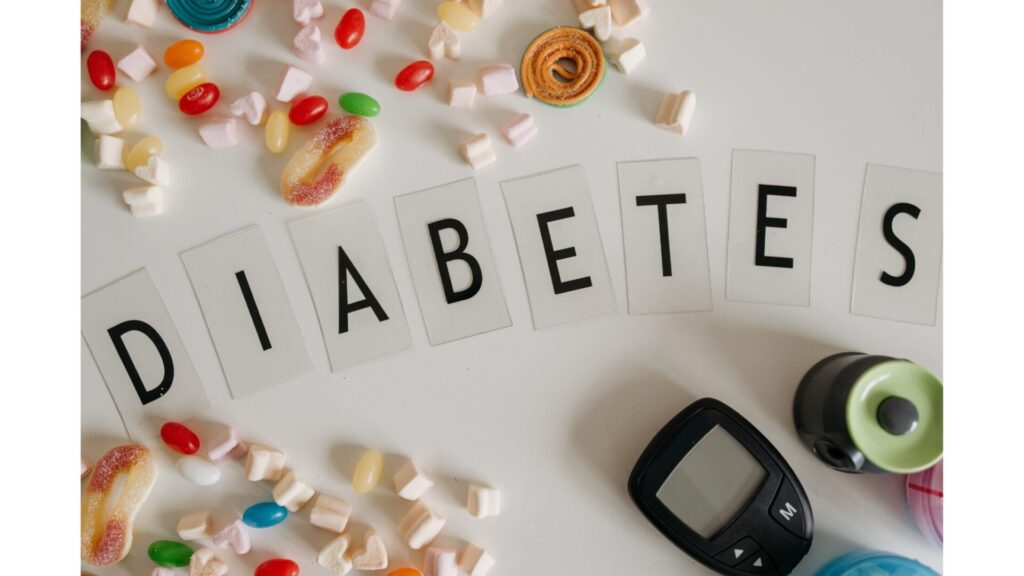Introduction
A fitness gym is more than just a place to exercise; it’s a space that provides the tools, environment, and motivation needed to transform your health and lifestyle. Whether you’re aiming to build muscle, lose weight, boost endurance, or simply improve your overall well-being, a fitness gym offers resources and opportunities that make achieving your goals more manageable.
This comprehensive guide explores the benefits of joining a fitness gym, effective workout routines, and strategies to maximize your experience. Whether you’re a beginner or a seasoned gym-goer, this post will help you make the most out of your fitness gym journey in 2024.
The Benefits of Joining a Fitness Gym
1. Access to Professional Equipment
Fitness gyms are equipped with state-of-the-art machines, free weights, and other tools that allow you to perform a variety of exercises. This access makes it easier to target specific muscle groups, track progress, and try new workout techniques.
2. Structured Environment
A fitness gym provides a dedicated space for exercise, free from distractions. The structured environment motivates you to focus on your workouts and stick to your fitness routine.
3. Expert Guidance
Most fitness gyms offer personal trainers or fitness coaches who can create tailored workout plans, teach proper techniques, and provide guidance to help you achieve your goals safely and effectively.
4. Variety of Options
From strength training and cardio to group classes and functional fitness areas, fitness gyms cater to diverse preferences and fitness levels. This variety ensures you never get bored with your routine.
5. Social Interaction and Community
Joining a fitness gym connects you with like-minded individuals who share similar goals. This sense of community fosters accountability and provides a supportive environment to stay consistent.
6. Mental Health Benefits
Exercise at a fitness gym releases endorphins, reducing stress and boosting mood. The act of showing up and dedicating time to your well-being can also build confidence and a positive mindset.
Choosing the Right Fitness Gym
Selecting the right fitness gym is crucial for maintaining motivation and achieving your goals. Here are some factors to consider:
1. Location and Accessibility
Choose a gym that’s conveniently located near your home or workplace. Proximity makes it easier to stick to your routine.
2. Equipment and Facilities
Ensure the gym has the equipment you need, such as free weights, machines, and cardio equipment. Check for additional amenities like locker rooms, showers, and recovery zones.
3. Group Classes and Programs
If you enjoy group workouts, look for gyms that offer classes like spinning, yoga, or HIIT. Many fitness gyms provide a variety of programs to suit different interests.
4. Pricing and Membership Plans
Evaluate the cost of membership and any additional fees. Look for flexible plans that align with your budget and fitness goals.
5. Atmosphere and Culture
Visit the gym to observe its atmosphere. A welcoming and supportive culture can make a significant difference in your experience.
Fitness Gym Workouts for Beginners
If you’re new to the gym, starting with a simple, manageable routine helps you build confidence and consistency. Here’s a beginner-friendly workout plan:
Day 1: Full-Body Strength Training
- Squats (Bodyweight or Dumbbell) – 3 sets of 12 reps
- Bench Press or Push-Ups – 3 sets of 10 reps
- Dumbbell Rows – 3 sets of 12 reps per arm
- Plank Hold – 3 sets of 20 seconds
Day 2: Cardio and Core
- 20 minutes on the treadmill (light jogging or brisk walking)
- Russian Twists – 3 sets of 15 reps per side
- Bicycle Crunches – 3 sets of 12 reps
- Leg Raises – 3 sets of 10 reps
Finally Day 3: Rest or Active Recovery
- Light stretching or yoga to improve flexibility and promote recovery.
Advanced Workouts for Fitness Enthusiasts
For experienced gym-goers, integrating advanced techniques can maximize results.
Day 1: Lower Body Strength
- Barbell Squats – 4 sets of 8 reps
- Romanian Deadlifts – 4 sets of 10 reps
- Walking Lunges – 3 sets of 12 reps per leg
- Calf Raises – 3 sets of 15 reps
2: Upper Body Push
- Bench Press – 4 sets of 8 reps
- Overhead Dumbbell Press – 3 sets of 10 reps
- Tricep Dips – 3 sets of 12 reps
- Dumbbell Lateral Raises – 3 sets of 15 reps
Day 3: Upper Body Pull
- Pull-Ups – 4 sets of 10 reps (use assistance if needed)
- Barbell Rows – 3 sets of 8 reps
- Bicep Curls – 3 sets of 12 reps
- Face Pulls – 3 sets of 15 reps
Day 4: Cardio and HIIT
- Sprint Intervals: 30 seconds sprint, 1-minute walk, repeat 10 times.
- Jump Squats – 3 sets of 15 reps
- Burpees – 3 sets of 12 reps
Tips for Maximizing Your Fitness Gym Experience
- Set Realistic Goals: Clearly define what you want to achieve—whether it’s weight loss, muscle gain, or improved endurance.
- Stay Consistent: Regular attendance is key to progress. Set a schedule and stick to it.
- Track Your Progress: Use apps or journals to log your workouts and monitor improvements.
- Prioritize Recovery: Rest days, stretching, and proper nutrition are essential for long-term success.
- Seek Professional Guidance: Work with a trainer if you’re unsure about techniques or want a personalized plan.
- Mix Up Your Routine: Regularly try new exercises or classes to prevent boredom and keep your body challenged.
Common Barriers and How to Overcome Them
1. Lack of Time
- Opt for shorter, high-intensity workouts like HIIT.
- Schedule gym sessions like appointments to make them a priority.
2. Intimidation
- Start with beginner-friendly classes or use machines that have clear instructions.
- Bring a friend or work with a trainer for guidance.
3. Plateaus
- Adjust your routine by increasing weights, adding new exercises, or trying different training methods.
- Focus on proper nutrition to fuel your workouts and recovery.
The Mental Health Benefits of a Fitness Gym
Fitness gyms are not just for physical transformation—they’re also a sanctuary for mental wellness. Regular gym workouts can:
- Reduce Stress: Exercise lowers cortisol levels and boosts endorphins, leaving you feeling calmer and more focused.
- Improve Confidence: Achieving fitness milestones builds self-esteem and a sense of accomplishment.
- Enhance Focus: Structured gym sessions train your mind to stay disciplined and organized.
Elevating Your Fitness Gym Experience
Once you’ve established a routine and are comfortable in your fitness gym environment, it’s time to deepen your commitment and refine your approach. Elevating your gym experience involves exploring advanced strategies, embracing a holistic perspective, and fostering habits that keep you motivated and consistent in the long term. Whether you’re looking to maximize your results, prevent plateaus, or simply enjoy your workouts more, these tips will help you take your fitness gym journey to the next level.
1. Incorporate Functional Fitness into Your Routine
Functional fitness is a growing trend in the fitness world, and for good reason. This approach emphasizes movements that mimic real-life activities, improving your strength, balance, and mobility in practical ways.
- Why It Matters: Functional fitness trains your body for daily tasks, like lifting, bending, or carrying, reducing the risk of injury and improving overall movement efficiency.
- Examples of Functional Exercises:
- Kettlebell swings to build hip strength and stability.
- Farmer’s carries to improve grip strength and core stability.
- Bulgarian split squats to enhance balance and lower-body strength.
Many fitness gyms now have dedicated areas for functional training, equipped with kettlebells, medicine balls, and resistance bands. Incorporating these exercises into your routine can add variety and enhance your overall fitness.
2. Track and Measure Your Progress
One of the most effective ways to stay motivated and make meaningful progress is to track your workouts and results. Monitoring your performance allows you to identify areas for improvement and celebrate milestones.
- Use a Fitness Journal or App: Record details like the exercises you performed, the number of sets and reps, and the weights used. Apps like MyFitnessPal or Strong can help automate this process.
- Set Specific Goals: Instead of vague goals like “get stronger,” aim for measurable objectives like “deadlift 150 pounds within three months.”
- Track Your Physical Changes: Use photos, body measurements, or progress charts to monitor changes in muscle tone, weight, or endurance.
By keeping a clear record of your journey, you’ll maintain focus and feel a sense of accomplishment as you see tangible results.
3. Explore Group Fitness Classes
Group classes can be an excellent way to mix up your routine, stay motivated, and connect with others who share your fitness goals. Most fitness gyms offer a wide range of classes designed to suit all interests and fitness levels.
- Popular Classes to Try:
- Spin Classes: High-energy cycling workouts that build endurance and burn calories.
- HIIT Classes: Short, intense sessions that combine strength and cardio for maximum results.
- Yoga or Pilates: Low-impact classes that improve flexibility, balance, and mental clarity.
Attending group classes adds an element of fun and accountability to your fitness routine. You might even find yourself trying new forms of exercise you hadn’t considered before.
4. Focus on Nutrition to Support Your Gym Workouts
Your performance at the gym is closely linked to your nutrition. The food you eat fuels your workouts, aids in recovery, and supports muscle growth.
- Pre-Workout Nutrition: Focus on consuming a mix of carbohydrates and protein about 1–2 hours before your gym session. For example, a banana with peanut butter or Greek yogurt with berries can provide energy without feeling too heavy.
- Post-Workout Nutrition: After a workout, prioritize protein to repair and build muscles, along with carbohydrates to replenish energy stores. A protein shake with a small piece of fruit is a convenient option.
- Stay Hydrated: Dehydration can negatively impact your performance and recovery. Drink water before, during, and after your workout.
If you’re unsure about your nutritional needs, many fitness gyms partner with nutrition coaches or dietitians who can provide personalized guidance.
5. Prevent Plateaus with Progressive Overload
One of the biggest challenges in any fitness journey is hitting a plateau—when your progress slows or stops altogether. Overcoming this requires a technique known as progressive overload.
- What Is Progressive Overload? Gradually increasing the intensity, volume, or frequency of your workouts to challenge your body and encourage continued growth.
- How to Implement It:
- Add more weight to your lifts.
- Perform additional sets or reps.
- Increase the duration or intensity of your cardio sessions.
For example, if you’re used to bench pressing 100 pounds for 10 reps, try increasing the weight to 110 pounds or adding an extra set. These small adjustments push your body to adapt and improve.
6. Prioritize Recovery and Rest
Rest and recovery are just as important as the time you spend working out. Without proper recovery, your muscles can’t repair and grow, and you risk overtraining, which can lead to burnout or injury.
- Incorporate Active Recovery Days: Engage in light activities like yoga, walking, or swimming to keep your body moving without straining your muscles.
- Use Recovery Tools: Foam rollers, massage guns, and stretching bands can help relieve muscle tension and improve mobility.
- Get Quality Sleep: Aim for 7–9 hours of sleep per night to support physical recovery and mental focus.
Remember, rest is not a sign of weakness—it’s an essential component of a well-rounded fitness plan.
7. Leverage Technology for Better Results
Technology can enhance your fitness gym experience by helping you stay organized, track progress, and find new ways to challenge yourself.
- Fitness Apps: Apps like Nike Training Club, Strava, or Fitbod offer pre-designed workout plans, progress tracking, and even virtual coaching.
- Wearable Devices: Fitness trackers like Fitbit or Apple Watch monitor metrics such as heart rate, calories burned, and step count, giving you insights into your performance.
- Virtual Classes: Some fitness gyms offer virtual classes or online platforms that allow you to join workouts from anywhere.
By integrating technology into your routine, you’ll have access to tools and data that can help you stay motivated and informed.
8. Stay Mentally Engaged
Finally, maintaining mental focus and a positive attitude is key to sustaining your fitness gym routine. Fitness is as much a mental challenge as it is a physical one.
- Set Mini Goals: Break your larger goals into smaller, more achievable milestones to maintain momentum.
- Celebrate Progress: Reward yourself for hitting milestones, whether it’s buying new workout gear or treating yourself to a massage.
- Visualize Success: Use visualization techniques to imagine yourself achieving your goals, whether it’s lifting a heavier weight or completing a tough cardio session.
Staying mentally engaged ensures that your gym workouts remain enjoyable and fulfilling, even on challenging days.
By incorporating these strategies into your fitness gym routine, you’ll elevate your experience, overcome challenges, and achieve lasting results. Fitness is a journey of growth and self-discovery—embrace the process, and you’ll unlock your full potential.
Conclusion
Joining a fitness gym is one of the best investments you can make in your health and wellness journey. With access to professional equipment, expert guidance, and a supportive environment, fitness gyms provide the tools you need to achieve your goals. Whether you’re a beginner taking your first steps or an experienced athlete refining your craft, the gym is a space where transformation happens.
Take the first step today by exploring your local fitness gym, setting achievable goals, and committing to a consistent routine. Your journey toward a healthier, fitter, and more confident self starts here. Check out these 10 exercises to tone every inch of your body on healthline.
